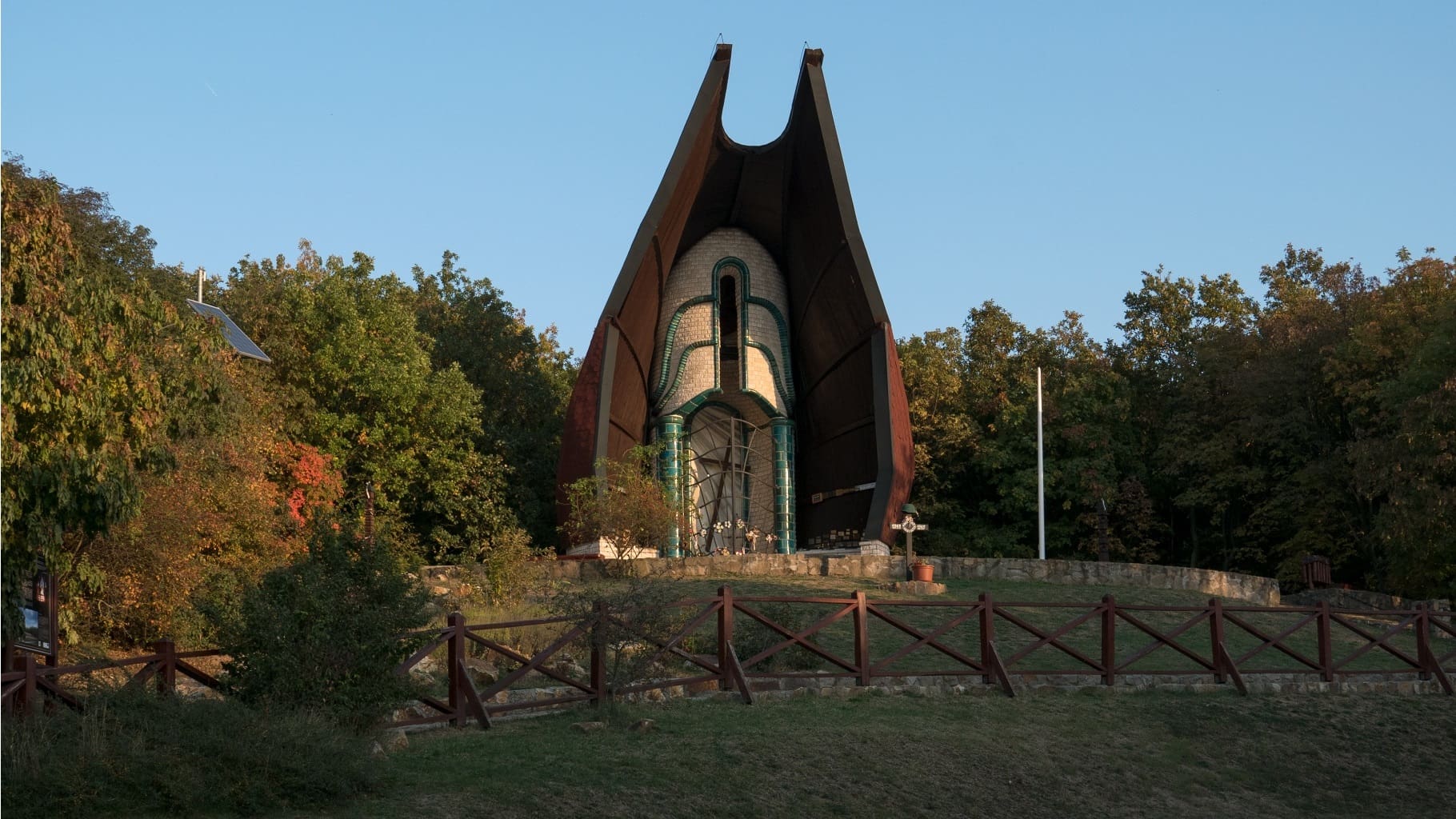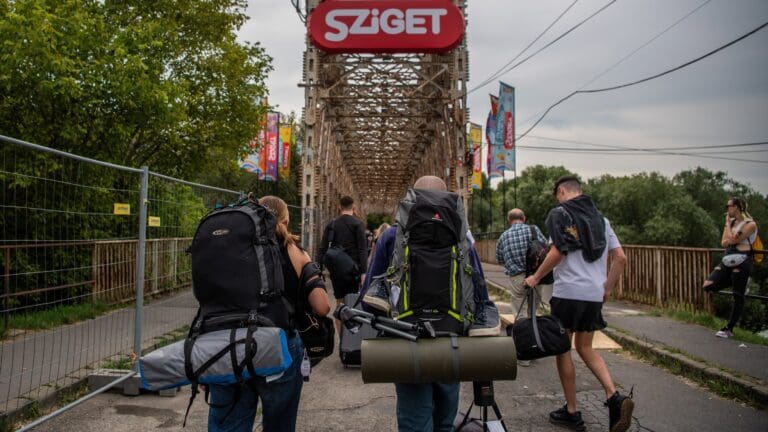Here is a recap of the impossible situation faced by the Second Hungarian Army in late 1942: the Hungarians needed to hold a 200-kilometre (125 miles) line of defence, as their supplies were becoming more and more scarce, since the Germans—who were by that time started to lose ground in Stalingrad—needed them for themselves. The Hungarians got very little fuel, and the Russian winter with its -30–40 degrees Celsius (-22–40 Fahrenheit) cold approached.
As a Soviet attack from the direction of the city was expected, both Gusztáv Jány, commander of the army, and Regent Miklós Horthy himself demanded aid from the Germans, but it never came. The Second Hungarian Army was doomed for its coming end. And on top of all this, their situation became even more grim during the winter.
The Endgame
In January 1943, the Second Hungarian Army suffered devasting losses, leading to a catastrophic end. As it was described in the first part of this article, the army was not up-to-date, and Germany did not allocate sufficient supplies to it, which heralded its sad fate.
The long anticipation of the Soviet attack from the direction of Stalingrad did not translate to sufficient preparation. The Hungarian leadership eventually was able to secure some German panzer units to assist their line of defence, but it was not even nearly enough. Supply chains collapsed, and ammunition was running low.
The Soviets commenced their first attack on 12 January 1943.
Suffering great casualties, the Second Army withheld and repelled the first wave. However, the Soviet forces launched another attack two days later. Between the two waves, the Hungarians requested help and new reinforcements from the German panzer divisions. However, their desperate call for help was declined.
The Germans insisted that it was not the ‘real’ offensive yet. Therefore, the 14 January storm eventually broke the Hungarian defence. The Soviets penetrated their lines by 8–12 kilometres (5–7 miles). Since the Second Army did not build a second or third line of defence, their soldiers could not retreat in a regular manner, and were forced to fall back to a great length, often effectively fleeing the enemy, and thus opening up the space for them.
Naturally, this defeat cost many more lives.
Since the Soviets broke the defence, their troops were able to encircle even the undefeated Hungarian units by 15 January. Furthermore, the Soviets also were also able to beat the German panzer units. Afterwards,
the Germans forbade their soldiers from relieving the Hungarians, while ordering the latter to stay and fight ‘till the last man’.
The Second Army complied and held the line until they could. However, the encircled and decimated units soon started giving up. Many were killed or captured, while some soldiers deserted and escaped the battle in panic. Discipline and order were evaporating quickly.
By 16 January, most of the Hungarian lines were broken. On the next day, the Germans tried to relieve and rescue the Second Army, only to be defeated and repelled by the Soviets.
Furthermore, there was barely anyone to rescue at that point, since by the 18, only one encircled unit was
still holding out. Therefore, during the second part of January, the remaining troops of the Second Army fled westward. The encircled last unit was dissolved by its commander in order to ease their escape. The soldiers were sent to Western Soviet territories during February and March.
Their transportation back home took about a month in April. Gusztáv Jány, the army’s commander was to arrive in Budapest at the end of May.
Conclusion and Legacy
The Second Army suffered great losses. However, contrary to the common misconception, not all or every single one of the nearly 200,000 soldiers died. About 42,000 men fell in battle, or were missing in action. Additionally, 26,000 were taken prisoners of war by the Soviets. Most of them could never return to Hungary, since they were transported to forced labour camps in Siberia, or other barren places.
The tragedy of the Second Army is a traumatic and important part of Hungarian history.
However, it is also, in a way, a unifying memory. While right-wingers would emphasize their heroic stand, and left-wingers would blame their demise on Horthy and the army leadership, both would agree on one thing. And that is the fact that the tragedy of this army was incredibly sad and traumatic. It is safe to say that the majority of Hungarian families had lost someone to this battle. Therefore,
this event symbolizes the horrors of war, and the importance of peace for all Hungarians.
Naturally, as usual in the case of such important national tragedies, the Second Hungarian Army and its loss are commemorated by multiple monuments. Probably the first of these to be erected was the chapel and bell in the town of Pákozd in Western Hungary, which was built in memory of the army, and particularly of the Pákozd locals who died during its demise. There are also monuments of this tragedy in Szeged and Siófok, among others. The Siófok one is particularly interesting since its stunning figures—headless and crippled soldiers—show that many who survived the war also returned from the Don battlefield mauled and scarred for a lifetime.
Monuments, historical works, and generally just speaking and writing about the tragedy of the Second Hungarian Army are all crucial to preserving the memory of this great national tragedy, and the soldiers we lost in it.
Related articles:








